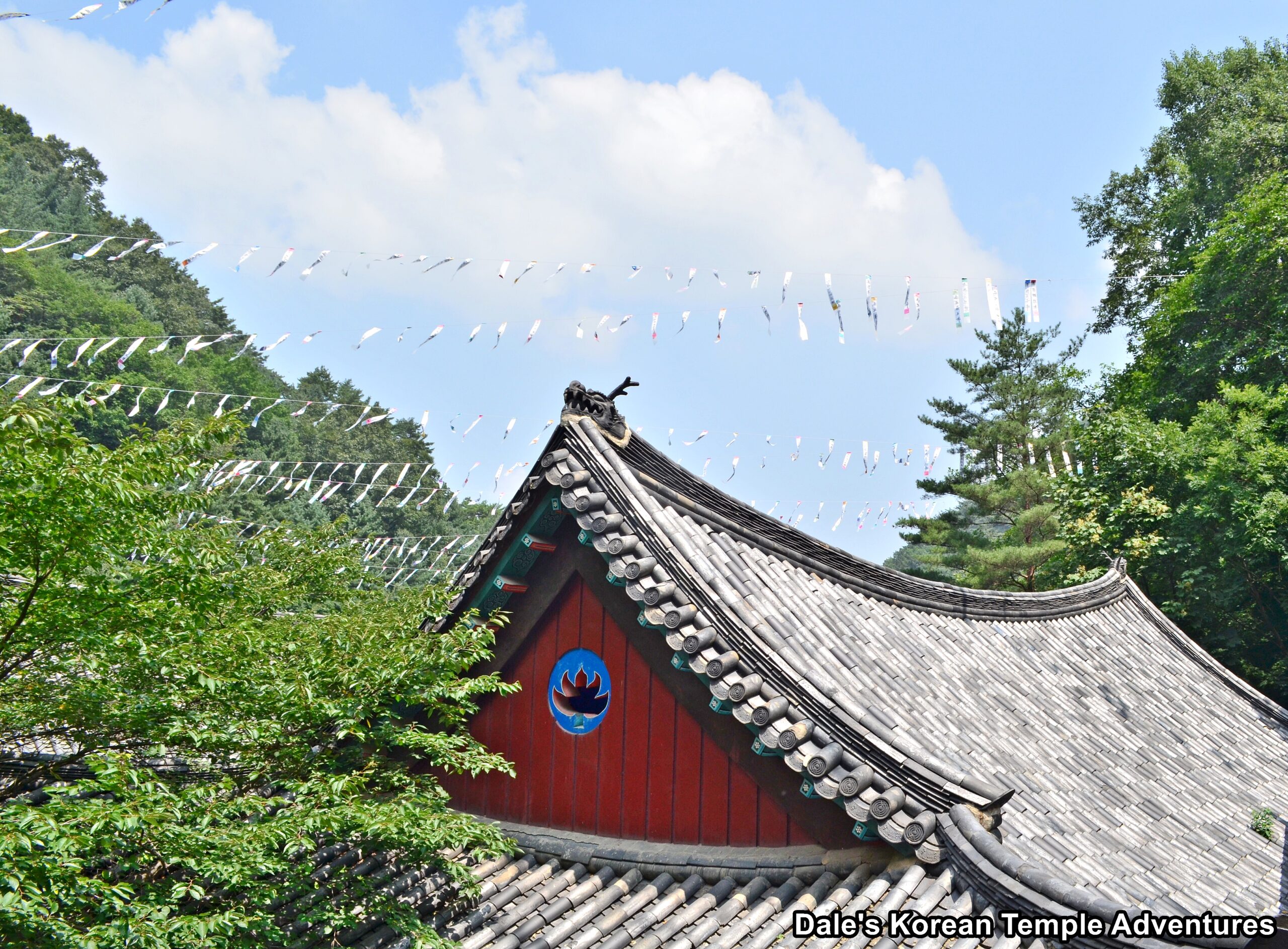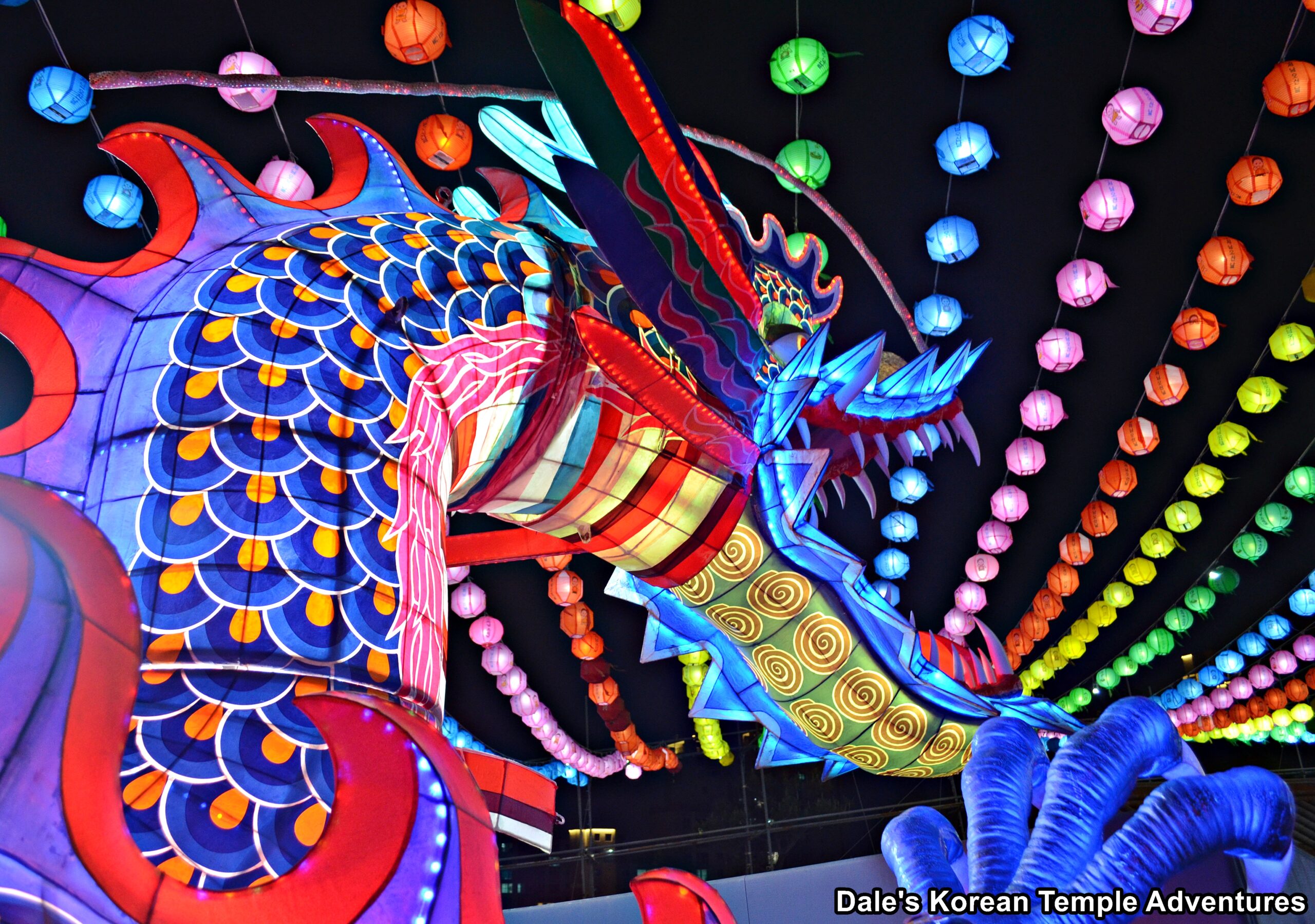Cheontae Order – 천태종

History of the Cheontae Order
Cheontae Buddhism is a descendant of Tiantai. Cheontae Buddhism was first introduced a few times to the Korean peninsula after it was first established in China in 594 A.D. by Master Zhiyi (538-597 A.D.), or “Jiui – 지의” in Korean. Yeongwang, a Silla Kingdom monk, studied under Master Zhiyi in China from 581-597 A.D., but later returned to the Korean peninsula to teach the Cheontae teachings. Then in 730 A.D., the Silla monks Peopyung, Ieung, and Sunyeong studied the Cheontae teachings under the Master Monk Chwagye Hyeonrang. Later, they returned to Korea to transmit the Cheontae teachings. However, it wasn’t until the monk Uicheon (1055-1101), in 1086, who re-introduced the Cheontae teachings, that they finally took hold. It probably also helped that he received state support as the son of King Munjong of Goryeo (r. 1022-1046). By re-introducing the Cheontae teachings, Uicheon was attempting to ease the tension found between the doctrinal (gyo) and Seon (zen) schools of Buddhism in Korea. However, by 1424, Korean Cheontae Buddhism was absorbed by the Seon school of Buddhism as part of the anti-Buddhist policies of the Joseon Dynasty (1392-1910).
Then in 1945, over five hundred years after it had been absorbed into Seon Buddhism during the Joseon Dynasty, Cheontae Buddhism re-emerged humbly as a hut by the monk Sangwol Wongak. In time, this hut would grow to form Guinsa Temple, which is now headquarters to the modern Cheontae Order. And in 1967, the Cheontae Order was officially recognized with the registration of the order with the Korean government. The Cheontae Order now has an estimated two million adherents and numerous temples spread throughout Korea.

Characteristics of the Cheontae Order
As for the doctrine that the Cheontae Order adheres to, it’s the Lotus Sutra. The Cheontae Order believes that the Lotus Sutra is the ultimate teaching of the Buddha, Seokgamoni-bul. As a result, they follow that:
- 1. All things are empty and without essential reality.
2. All things have a provisional reality.
3. All things are both absolutely unreal and provisionally real at once.
As a result of this Cheontae Order doctrine that all experiences in the sensory world are an expression of the Dharma (Buddhist laws), these sensory experiences can lead to ultimate enlightenment. With this in mind, that’s why Cheontae Order temples are extravagantly coloured in dancheong colours unlike the more muted monochromatic colours of Jogye Order and Taego Order temples.
Another interesting feature about Cheontae Order temples is that you’ll never find a shaman deity like Sanshin (The Mountain Spirit), Dokseong (The Lonely Saint), Chilseong (The Seven Stars), or Yongwang (The Dragon King). While these are prominently featured at Jogye Order and Taego Order temples, they simply don’t appear at Cheontae Order temples.
Prominent Cheontae Order Temples
There are numerous Cheontae Order temples throughout Korea. Some of the more prominent of these temples is Guinsa Temple in Danyang, Chungcheongbuk-do. This temple also just so happens to be the headquarters of the modern Cheontae Order. A couple other prominent Cheontae Order temples can be found in Busan. One of these is the seaside Haedong Yonggungsa Temple in Gijang-gun, while the other is in the centrally located Samgwangsa Temple in Busanjin-gu.
